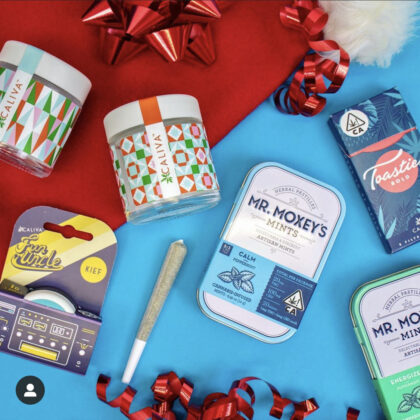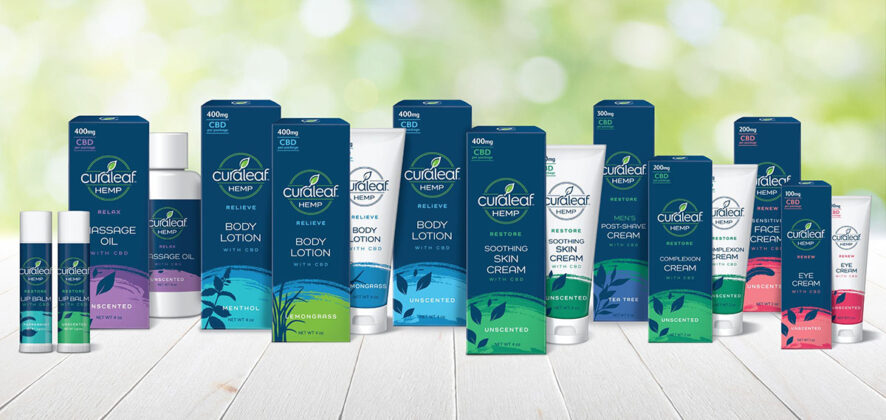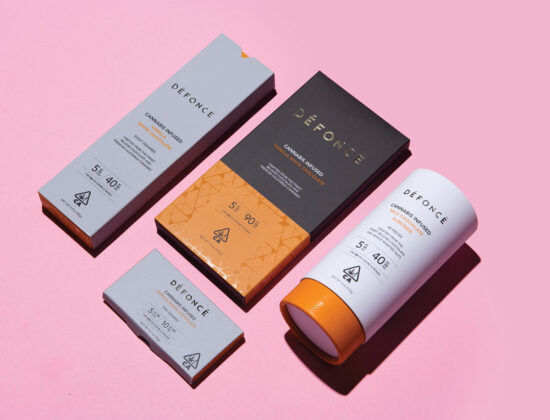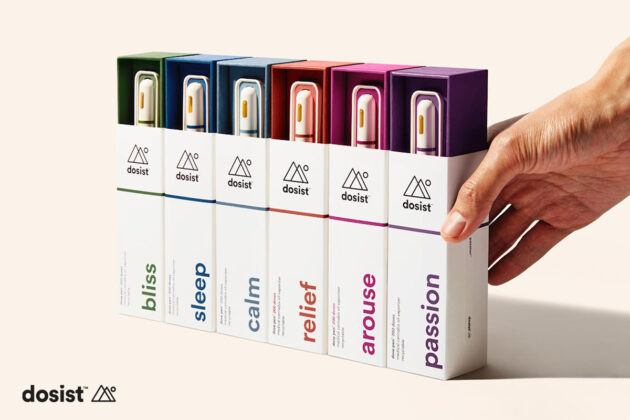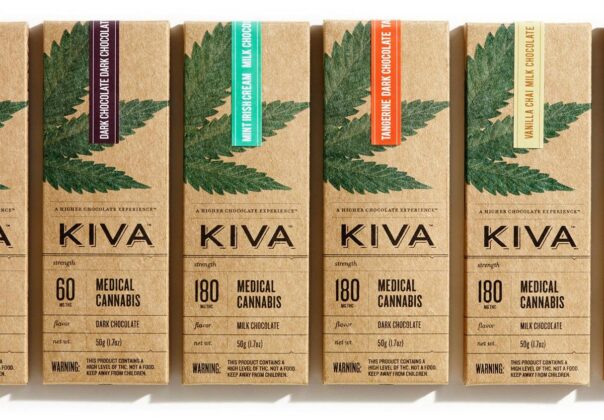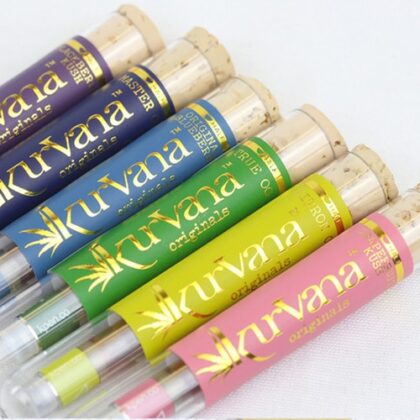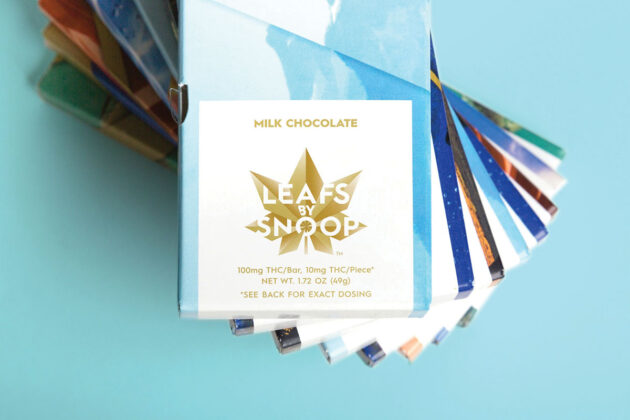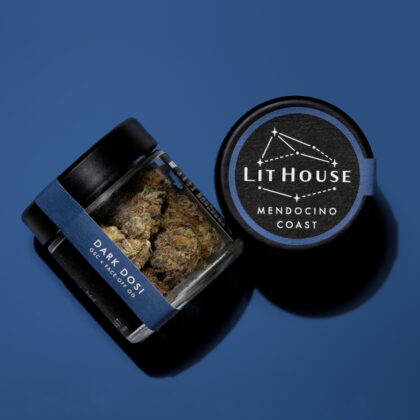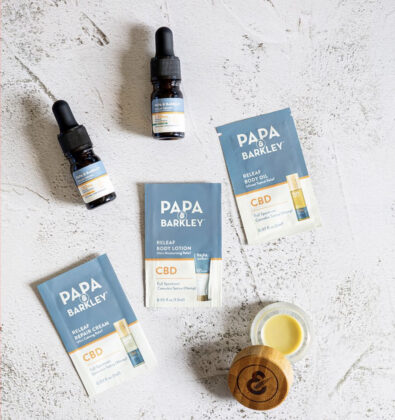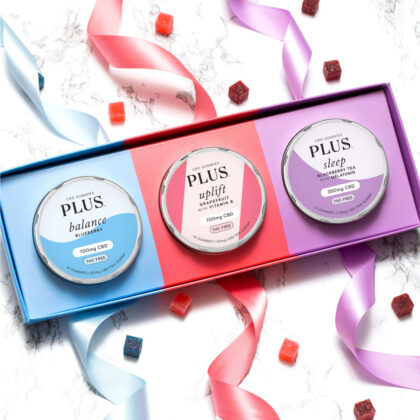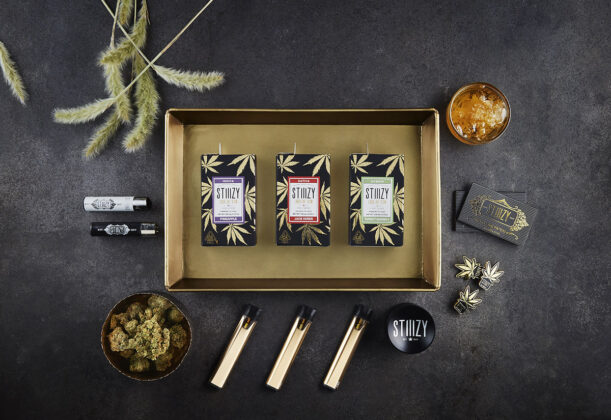In the spring of 2017, Lowell Herb Co. made one of the first big viral media splashes in the cannabis industry when it announced its “weed flower crown” before the Coachella music festival. Not long after that marketing home run, Lowell offered a tasting flight of Lowell flowers to light on the eight nights of Hanukkah; come Valentine’s Day, it offered a bouquet of wildflowers, eucalyptus, and an ounce of prized buds.
While Lowell was able to grab the attention of the mainstream press with these brazen marketing tactics, they are rare examples of an American cannabis brand creating a buzz-worthy marketing campaign. In an industry heavily constrained by state and federal regulations that restrict the advertising of a Schedule I substance, most companies have taken a more cautious approach to marketing and advertising for fear of losing their media accounts and licenses.
However, now that cannabis is an essential industry, more brands are stepping up their marketing game and doing whatever it takes to reach a customer base that grew exponentially across the United States during the COVID-19 pandemic lockdown. While some companies continue to take a slow and steady approach that hinges on education and approved marketing channels, other companies are crafting bold, splashy campaigns that push the envelope into more mainstream media channels and outlets.
A niche in a crowded marketplace
For both multistate operators and regional startups, in-house marketing groups are a luxury largely out of reach. Instead, brands work with a new breed of marketing agency sprouting up across the U.S. and Canada. Specializing in cannabis, the agencies include PufCreativ (Denver), Sapling (Utah), The Clarity Agency (Chicago), High Hopes (Maine), Cannabis Creative Group (Massachusetts), Cannaverse Solutions (New York/California), and Greenlit Agency (Hollywood, California).
PufCreativ places a heavy emphasis on social justice and equity in its marketing campaigns and encourages its clients to do the same. The agency helped launch Cannabis Doing Good—“a platform to create opportunities for cannabis and communities to collaborate, and to showcase companies doing good”—and the Cannabis Impact Fund, which promotes racial justice, environmental sustainability, and community engagement. In March, PufCreativ led several partners in a marketing campaign that produced a series of guides for entrepreneurs and others interested in becoming involved in the cannabis industry. Each handbook provides insight and information about different aspects of the industry and also promotes fundraisers for nonprofit groups including the Lupus Foundation and sexual assault and anti-racism organizations.
“We like to provide programs for our clients in-house that they can get involved with, but we also provide them with suggestions and ways to incorporate these values in their business and marketing plans in general,” said co-founder and Chief Executive Officer John Shute, who was named 2020 Colorado CEO of the Year by CEO Monthly. “We won’t really work with people who aren’t working toward those types of goals and a [corporate social responsibility] perspective.”
One of the agency’s more unique clients is Pot Zero, which maintains one of the “highest” farms in the U.S. at 8,200 feet in Gypsum, Colorado. It also is one of the most sustainable grow operations in the country and claims to have “a zero carbon footprint and zero use of chemicals.” To help illustrate those aspects, Pot Zero’s Instragram feed shows a picture of its farmers sitting beside a mountain pond, bearing the caption “Did you know our cannabis is irrigated w/snow melt water (pictured here) sourced from a pristine 12,500 ft mountain directly above the plantation? When we say ‘Snow to Grow,’ we mean it.”
Shute noted smaller companies like Pot Zero increasingly will be competing against multistate operators, which makes creating unique products that stand out from the pack all the more important.
In the emerging beverages market on the West Coast, Napa, California-based House of Saka intends to do just that by creating “the most advanced line of luxury cannabis-infused products made by and for women.” While House of Saka isn’t allowed to use the word “wine” in its product names or marketing, its alcohol-free, cannabis-infused beverages bear a striking similarity to the beverages produced in Napa Valley every year. The company’s Saka Pink is a rosé of Pinot noir, and Saka White is a chardonnay. Both drinks are meant to be micro-dosed—one ounce of Saka Pink contains 1.5mg THC (each 750-milliliter bottle contains 40mg THC and 5mg CBD), and the company claims the bioavailability is better than traditional edibles, with an onset time of about ten to fifteen minutes.
Co-founder and President Cynthia Salarizadeh is a savvy cannabis entrepreneur who also founded AxisWire and co-founded Green Market Media and Industry Power Women. Her partner, co-founder and Chief Executive Officer Tracey Mason, boasts two decades of experience in sales and marketing in the wine industry. As a female-owned company, House of Saka made a somewhat ironic, yet bold, choice in its 2021 marketing campaign.
“We are making a super-attractive male the face of our 2021 campaign since we are looking to appeal to female consumers,” Salarizadeh said. “It made sense to us to give them some eye candy, something amazing to look at—but honestly, it’s not a new concept. Brands have been using beauty and the human figure to sell any product on the market for as long as any of us can remember. It is a luxury brand, and we wanted to do something to really catch some eyes; something that would be a little bit controversial, in a way, so it gets some attention.”
Marketing veteran Shirin Etessam helped House of Saka develop the campaign. Her San Francisco-based SLAY agency specializes in healthcare and technology but also has shown interest in the cannabis industry of late. Etessam said they juggled a variety of messaging concepts and in the end came up with something meant to both educate and entertain.
“The motivation for the campaign itself is really twofold. One is education and the whole idea of micro-dosing and also normalizing, because the target audience for Saka is women. So the idea of making it more mainstream, a lot less taboo and no different than sipping a glass of wine, except that it’s better for you in many ways,” she said. “There are a few ways of getting people’s attention. One is shock value, another is emotionally tugging at the heartstrings, and another is humor and originality. So we are somewhere in originality and humor with the ad, and hopefully it’s entertaining to people as much as possible as well as providing them information.”
Tech-savvy marketing tactics
In addition to becoming brasher with their marketing messaging, cannabis brands also have begun pushing the envelope with ads on social media and the mainstream digital media platforms that tolerate cannabis brands as long as they abide by the rules. To varying degrees and with idiosyncratic enforcement, global digital marketing platforms allow advertising of cannabis-related products, although some explicitly exclude advertisers that promote illegal, prescription, or recreational drugs. Verboten visuals include images of smoking-related accessories (like bongs and rolling papers), images of recreational or medical marijuana use, and images that imply the use of a recreational drug.
Brands have worked around the restrictions by encouraging their fans to post pictures of themselves using products—so-called “user-generated content ”—on social media, blogs, YouTube, wikis, and the like. However, now that cannabis has been deemed an essential service, cannabis businesses are becoming more confident about pushing the boundaries of “acceptable” content while testing the waters in more mainstream media outlets.
Josefine Nowitz is co-founder and managing partner at Cannabis Creative Group (CCG), which maintains offices across the U.S. and works with clients in Canada, Mexico, and Europe. The agency specializes in digital marketing, including everything from email marketing and website design to social media strategies and search engine optimization. According to Nowitz, CCG is one of the few agencies able to secure advertising for cannabis companies on major media platforms. The agency’s clients include GrowGeneration Corp. (greenhouse and hydroponics equipment), Blue Forest Farms (Colorado hemp farm), and Botera (vertically-integrated cannabis retailer in Massachusetts).
“We always have to be innovative and creative for our clients, particularly in this industry,” said Nowitz. “There are a lot of complexities around digital marketing when it comes to cannabis, and it varies from state to state. For example, if we have [a multistate operator] that has locations in Massachusetts, Florida, and Arizona, each of those territories requires a different marketing strategy. One of the things that is really unique about our agency is that we have the ability to run advertisements on Google, which is pretty complicated. It takes a lot of energy and effort not only to get the ads approved by Google, but also keep them up and running.”
Another area where technology comes into play in marketing is “geotargeting,” which uses location data to reach consumers with messaging appropriate for their locality and buying behavior. That is, when cannabis consumers opt in to location services on various mobile apps, the geotargeting will feed them ads or let them know about specials when they are close to a dispensary wherever they might be traveling. Nowitz argues this type of digital marketing is much more effective and strategic than traditional print ads and billboards.
“This industry spent billions of dollars on billboards and print advertising because there’s a lower barrier to entry, but it’s also much more difficult to track the effectiveness of that type of ad campaign,” Nowitz said. “On the digital side, we can see every user that lands on every landing page or converts on a website and where they came from. So, from an analytical perspective, performance-based marketing is where you can really shift your strategy based on what’s working and what’s not working.”
Breaking out in 2021
As cannabis brands compete for new consumers in 2021, Saka’s Salarizadeh predicts it will be a breakout year in the marketing and advertising realm, with more mainstream media channels in the mix. “Over the past year, all of us have seen there’s now opportunity for paid advertising, there’s opportunity for covers, there’s opportunity for more exposure,” she said. “After cannabis was legitimized by the pandemic, all of a sudden advertising opportunities are popping up everywhere, with no one saying anything. So, now that we know what we can do, you’re seeing all these big brands adapting to the new landscape, which includes the possibility for professional marketing campaigns that include advertising dollars.
“Now we’re going to see all of us flex,” she added. “And that will be the difference between brands who don’t get it and brands that came to play.”











